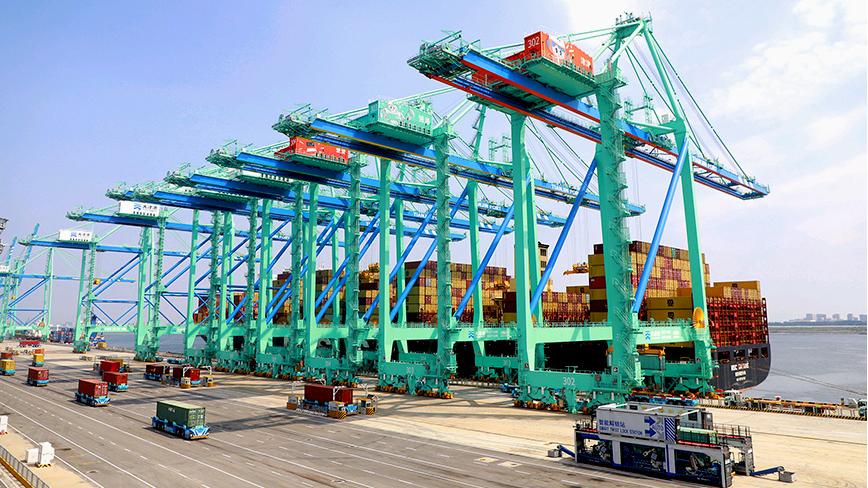Technology growth, closer China-Nepal cooperation boost potential in advancing BRI

(Illustration: Chen Xia/GT)
Since Nepal's participation in the China-proposed Belt and Road Initiative (BRI) began several years ago, practical bilateral cooperation in various fields has noticeably accelerated, making a contribution to Nepal's transition from "land-locked" to "land-linked" via upgraded transport connectivity.
Bishnu Prasad Paudel, Nepal's deputy prime minister and finance minister, held meetings with Chinese officials this week during which the two sides reiterated efforts to boost mutually beneficial cooperation in various fields.
The two countries have agreed to advance projects under the Trans-Himalayan Multi-Dimensional Connectivity Network (THMDCN), particularly the Kathmandu-Kerung railway, cross-border transmission line, and the Kimathanka-Hile and Hilsa-Simikot roads, the Kathmandu Post reported on Saturday, citing Nepal's Embassy in Beijing.
China and Nepal have huge potential for economic cooperation, in which China's strong engineering capability can be instrumental in Nepal's infrastructure development.
The China-Nepal Railway is a core component of the THMDCN. If a rail connection between Southwest China's Xizang Autonomous Region and Nepal's capital of Kathmandu can be achieved, the two countries can establish an integrated network of rail freight.
From the perspective of technology, the China-Nepal Railway will be one of the world's toughest railways to construct as it needs to cross the lofty and environmentally fragile Himalayan range. Most of the railway will be either bridges or tunnels. It's also necessary to solve many technical issues such as complex geological conditions and frequent natural disasters along the way.
The opening ceremony of a workshop on a feasibility study of the Nepal section of the railway was held in May at Beijing Jiaotong University, during which Nepalese officials and technical personnel participated. It aimed to promote more extensive academic exchanges, which have been among the latest efforts by the Chinese side to support Nepal to push forward railway development.
Although there are technical challenges faced by the China-Nepal Railway, Chinese enterprises have rich experience in disaster prevention and mitigation in the harsh environments of plateau regions, especially after the Qinghai-Xizang Railway was put into operation in 2006. In recent decades, China has been making remarkable progress to grasp core technology and build plateau railways, enabling China to become an ideal partner for Nepal to build its section of the cross-border railway.
Cooperation between China and Nepal over the railway is a typical example. China's rapid development in infrastructure construction, engineering, and technology injects new energy into the BRI and helps strengthen cooperation to enhance connectivity in ports, roads, railways, aviation, and communications, bringing globalization to every corner of the world.
For a long time, China and Nepal have faced the problem of how to tame the Himalayas to promote infrastructure interconnection. The past few decades have seen the two countries speed up efforts to build a cross-Himalayan connectivity network through railways, roads, and air routes. In this regard, every step forward to advance the deployment of infrastructure is of great significance in promoting bilateral and regional economic cooperation.
If China and Nepal are connected by rail, bilateral trade will increase, with Nepal getting the opportunity to make itself a transportation hub connecting China and South Asia. The THMDCN can probably help the entire region gain momentum from a possible rise in trade and investment.
The THMDCN will also allow Nepal to tap into China's huge market and facilitate bilateral trade flows. In addition, transportation connectivity carries huge potential in tourism, employment, and the uplifting of socioeconomic conditions.
These mutually beneficial aspects of collaboration all contribute to developing trust in the BRI. Projects being developed under the initiative are likely to produce new cross-border production chains and vibrant economic ties among countries along the route.
Photos
Related Stories
Copyright © 2024 People's Daily Online. All Rights Reserved.









